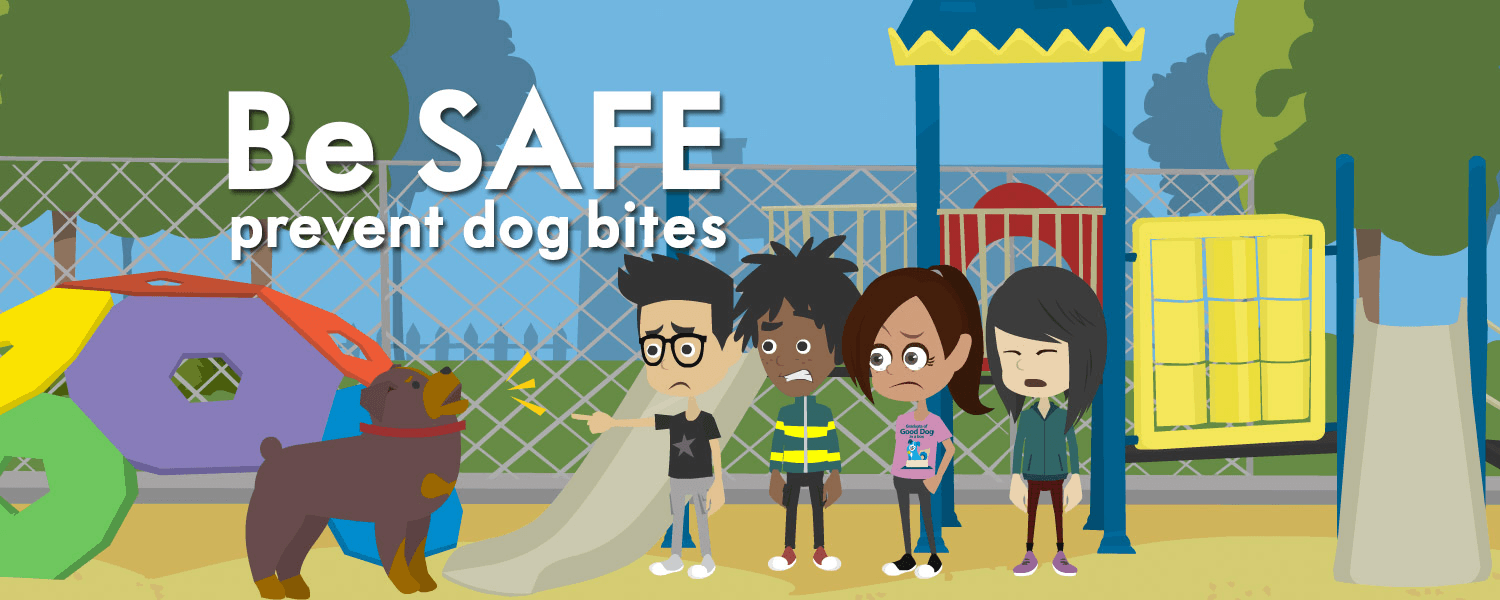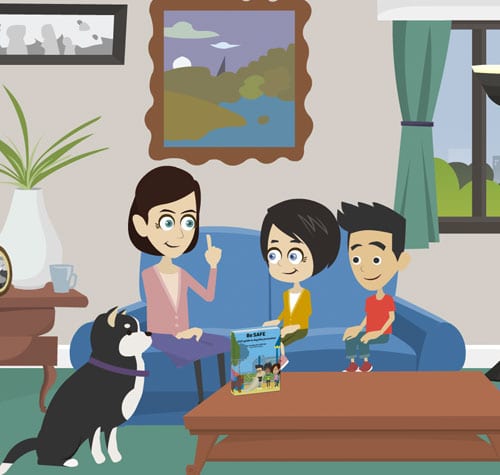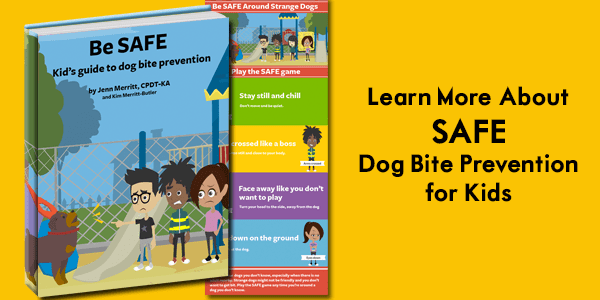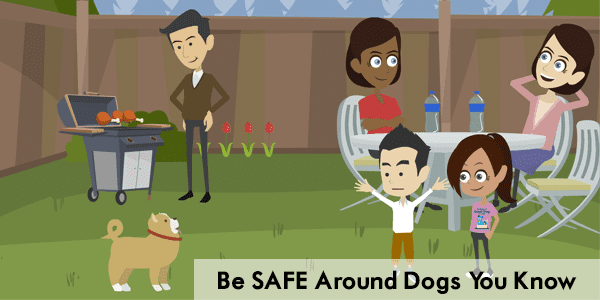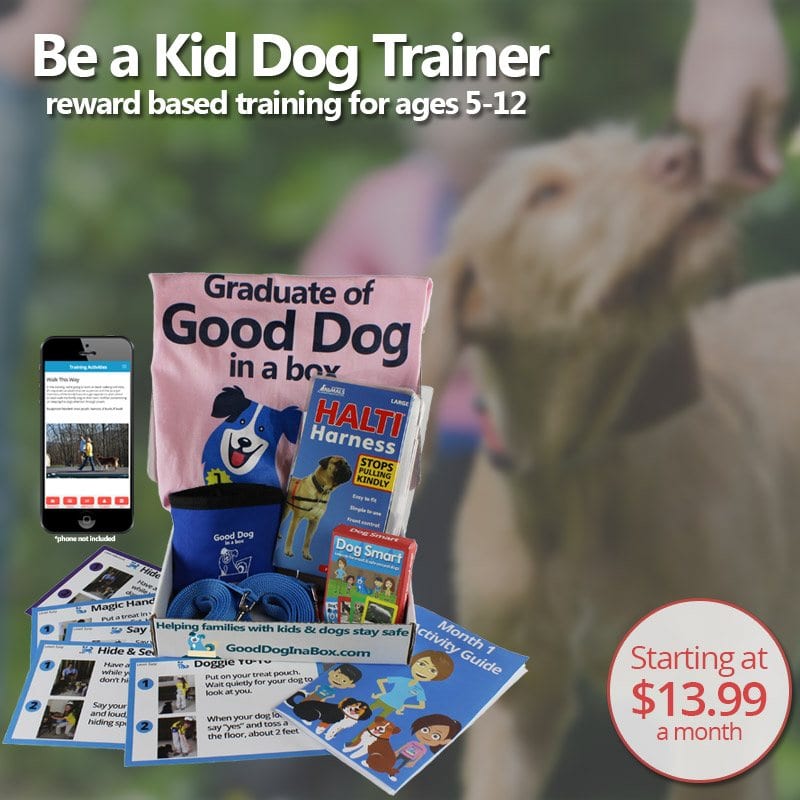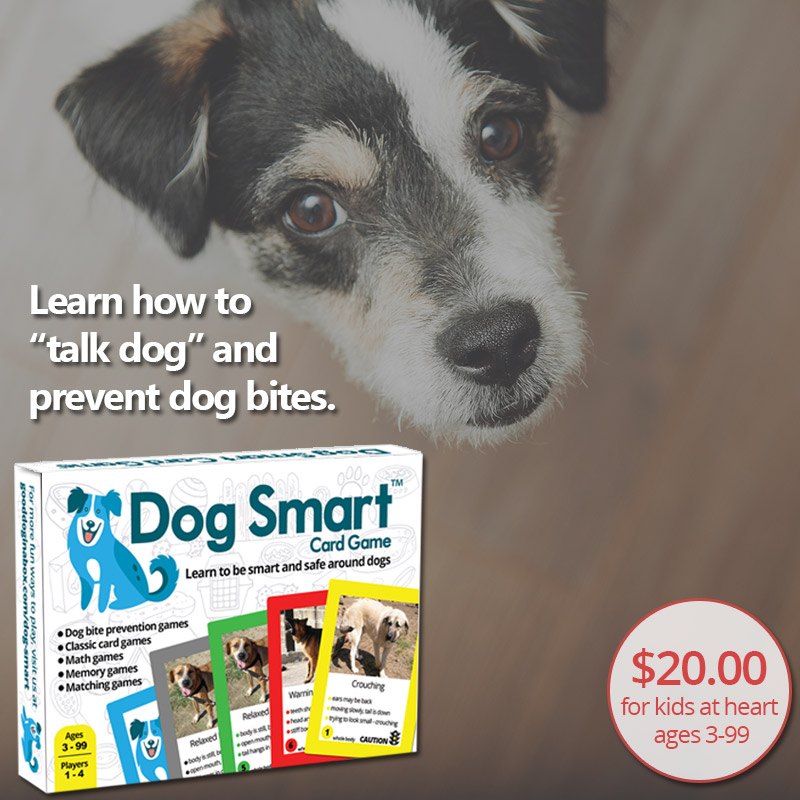Dog communicate with us every day. If you know the signals, you can have a much better idea of what a dog is trying to tell you.
Dogs have stress and anxiety just like people. They can’t come right out and tell us they are uncomfortable, but they do communicate how they feel and their intention through their body language. These signals can range from posture, to eye contact, to tail height and movement and can be warnings to us that a bite is possible. If you see a dog giving certain signals when they are interacting with your child, it is your responsibility to step in and redirect your child or the dog.
As adults, we need to teach our children to respect every dog’s space and every dog’s body. Each dog is different and may not communicate their discomfort, especially if they have been ignored or punished in the past. One dog may tolerate being crawled on or ridden like a horse, but that doesn’t make it appropriate, safe, or fair to that dog or any animal. A dog is not a toy. Don’t allow your child to treat any dog like one of their toys.
In any interaction with a dog, teach children that gentle touches and soft petting on the dog’s chest, back, and sides are enjoyable to most dogs. Let the dog decide when they’ve had enough. When the dog gets up and walks away, it’s important that children understand the dog has had enough for now and they need to spend some time alone. Have a space, like a dog crate, that your dog can retreat to when they need a break that is a child free zone.

